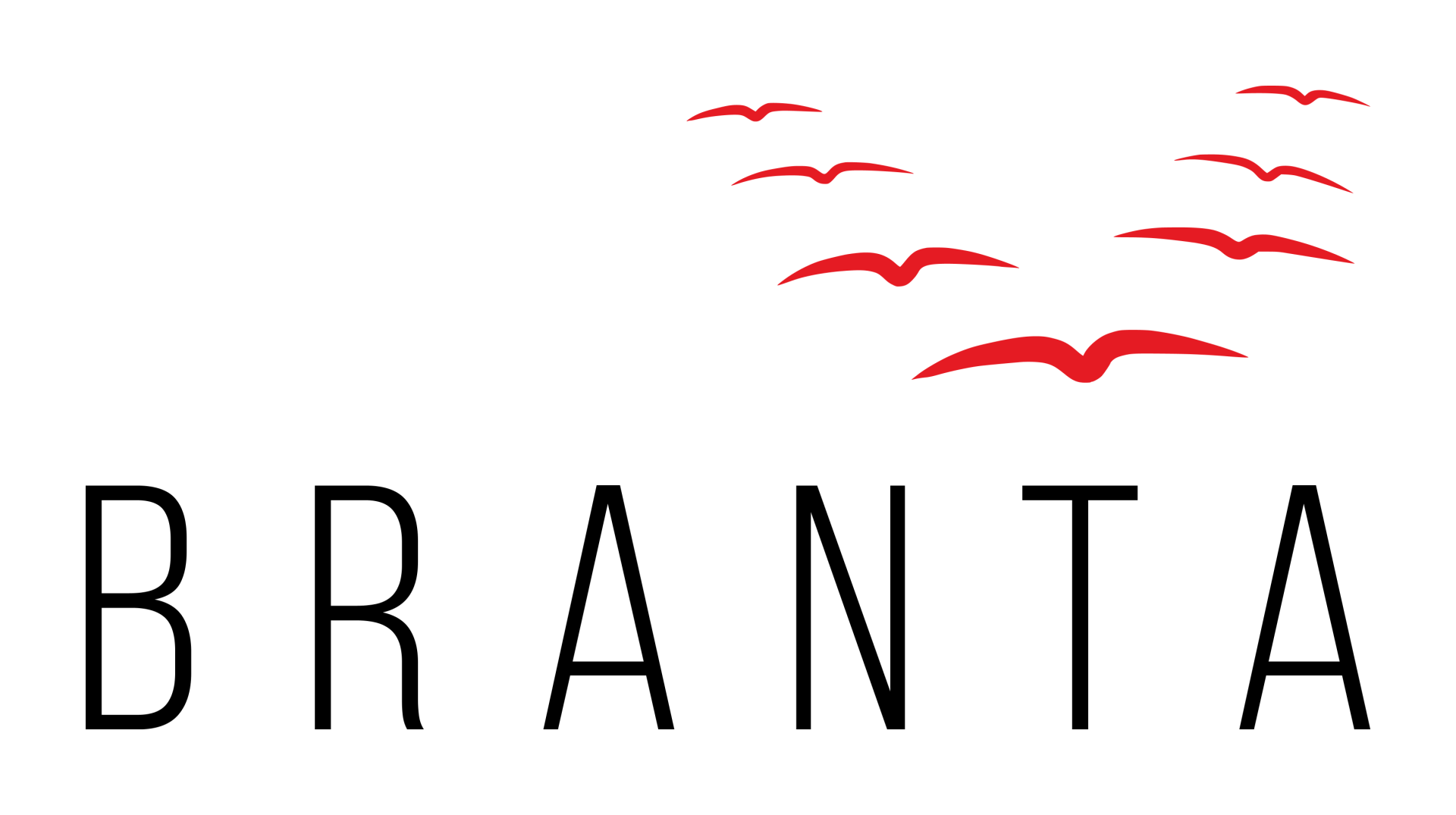Who’s Buying UK Businesses in 2025? A Mid-Year Look at the M&A Landscape
Analysing the buyers, sectors and surprises shaping UK M&A activity in H1 2025

MarktoMarket has today released its H1 analysis of the UK M&A market, providing fresh insight into buyer behaviour, sector trends, and the evolving dynamics of SME dealmaking. At Branta, we’ve taken a deep dive into the data to bring you the headlines that matter and what they mean for UK business owners.
From surging nursery acquisitions to the surprising rise of garden centre buyers (yes, really), the first half of 2025 has been anything but dull. Whether you’re thinking of selling, raising investment, or simply curious about who’s buying what, this mid-year update should be essential reading.
Deal Volumes Are Holding Strong
Total deal volumes involving UK target companies remain robust. After a surge to 2,645 deals in H2 2024 (partially attributed to pre-budget activity in October), H1 2025 settled at a solid 2,272 transactions. This marks a return to the more consistent rhythm we’ve seen since early 2023.
| Period | Deal Volumes |
|---|---|
| H1 2023 | 2,215 |
| H2 2023 | 2,066 |
| H1 2024 | 2,207 |
| H2 2024 | 2,645 (the Labour Government spike) |
| H1 2025 | 2,272 |
Importantly, this shows buyers haven’t lost their appetite despite economic headwinds and regulatory changes.
The Big Names Doing the Buying
Across the top-20 acquirers of UK businesses in H1 2025, private equity-backed buyers continue to dominate, making up 70% of the list. Key recurring players include:
- Perspective – backed by Charlesbank
- Punch Pubs – backed by Fortress Investment Group
- Finli Group – backed by JC Flowers
- Söderberg & Partners, Zenotonin, and BK Plus – all consistently active
Notably, Clifton Asset Management – backed by CBPE – has surged into the top-20 this year, with six acquisitions following its backing in 2024.
Only one pure-play PE house, BGF, made it into the top-20, showing that most activity is from PE-backed trading companies rather than direct investments.
A Shift in Buyer Type in the Top-100
While PE-backed firms dominate the top-20, the top-100 buyers paint a broader picture:
| Buyer Type | Proportion |
|---|---|
| Private Equity-backed buyers | 48% |
| Listed & Trade Buyers | 40% |
| Other | 12% |
This is a significant change from 2024, when PE-backed firms made up 50% of the top-100 and listed/trade firms were just 38%. That shift suggests a growing role for publicly listed companies and strategic trade buyers in UK M&A.
Nursery M&A: A Sector in Full Bloom
One of the biggest sector stories of the year is the explosion in childrens nursery deal volumes. From just 18–21 deals per half-year in 2023, we’ve seen:
| Period | Deal Volume |
|---|---|
| H1 2024 | 44 |
| H2 2024 | 46 |
| H1 2025 | 61 |
Why the boom? Likely driven by a combination of increasing wage costs, consolidation pressures, and strong PE interest.
Notable nursery acquirers in H1 2025 include:
- Kids Planet (BGF, Fremman Capital)
- Toots Day Nursery (Westbrook)
- Busy Bees (Ontario Teachers’ Pension Plan)
- Partou, Bright Horizons, and Inspired Education Group
In particular, Toots Day Nursery has emerged as a fast-growing contender, following a 2023 investment and raising £4.57m in January 2025. They’ve already made five acquisitions this year, and more are likely.
Kids Planet, the sector’s benchmark, grew from a £10m valuation in 2016 to £92m by 2021, and has completed 75 acquisitions to date.
Garden Centres: Yes, Really
A surprising entrant to the M&A spotlight in H1 2025 is the gardening sector. The collapse and restructure of Dobbies Garden Centres triggered a wave of acquisitions.
Top Garden Centre Buyers:
All are trade buyers – no PE funds involved here. That makes this a rare case of consolidation without financial engineering. Blue Diamond alone has done 15 deals.
Corporate Compounders on the Rise
A fascinating trend in the industrials sector is the emergence of “corporate compounders” – firms building long-term portfolios of industrial businesses without the usual PE exit horizons.
Leading examples:
- n-Industries – acquired three industrial businesses in H1 2025
- Teqnion – listed Swedish group acquiring in the UK
- Lifco, Indutrade, PHD Industrial Holdings – Nordic-style compounders now active in the UK
These buyers typically maintain brand identity, operate with decentralised models, and offer long-term ownership – a strong alternative for owner-managed businesses looking for a soft exit.
The US is Back – and They’re Hungry
US buyers continue to dominate the international acquisition landscape in the UK, particularly in software, logistics, energy, and professional services.
Active US Acquirers Include:
- LemFi – payments
- Emerald – events/media
- Crisp – analytics
- Herspiegel – pharma consulting
- Kaleris – supply chain software (backed by Accel-KKR)
- Univar Solutions – chemicals (backed by Apollo)
Big names like TA Associates, Apollo, and Knighthead Capital are also moving in on UK assets.
Conclusion: What Does This Mean for You?
If you’re a UK SME owner, the takeaway is clear: there is still strong, diverse buyer appetite for well-run UK businesses.
- Private equity is alive and well.
- Strategic trade buyers are increasingly stepping up.
- International and sector-specific buyers (like nurseries and garden centres) are highly active.
- Deal volumes are stable, if not growing, in many sectors.
Now is as good a time as any to start thinking seriously about your long-term plans. And who might be interested in helping you realise them.
Self-Test: Is Your Business Prepared for a Buyer?
- Would your business be attractive to a PE-backed trade acquirer?
- Do you operate in a consolidating sector e.g. childcare, accountancy, wealth management?
- Is your financial performance robust enough to withstand diligence from a sophisticated buyer?
- Could you articulate a growth plan or M&A strategy to a strategic acquirer or compounder?
If you answered “not sure” or “no” to any of these, it’s worth having a confidential chat with us.
Final Thoughts
At Branta, we work with owners of SMEs (£1m–£10m turnover) across the UK to help them understand the buyer landscape, prepare for exit, raise funding, or evaluate strategic options. If you’d like to know more about who might want to buy your business, we’re here to help.
📞 Book a confidential chat with Branta here – no cost, no pressure, just clarity.




